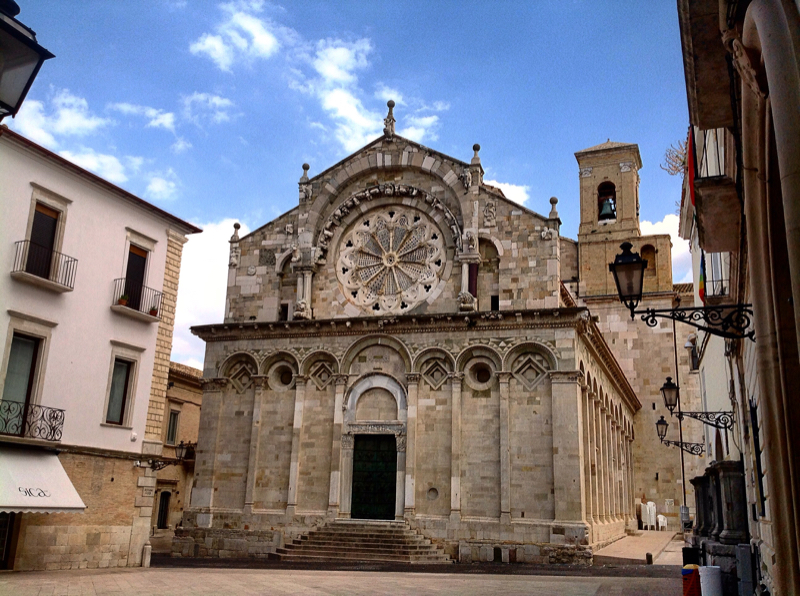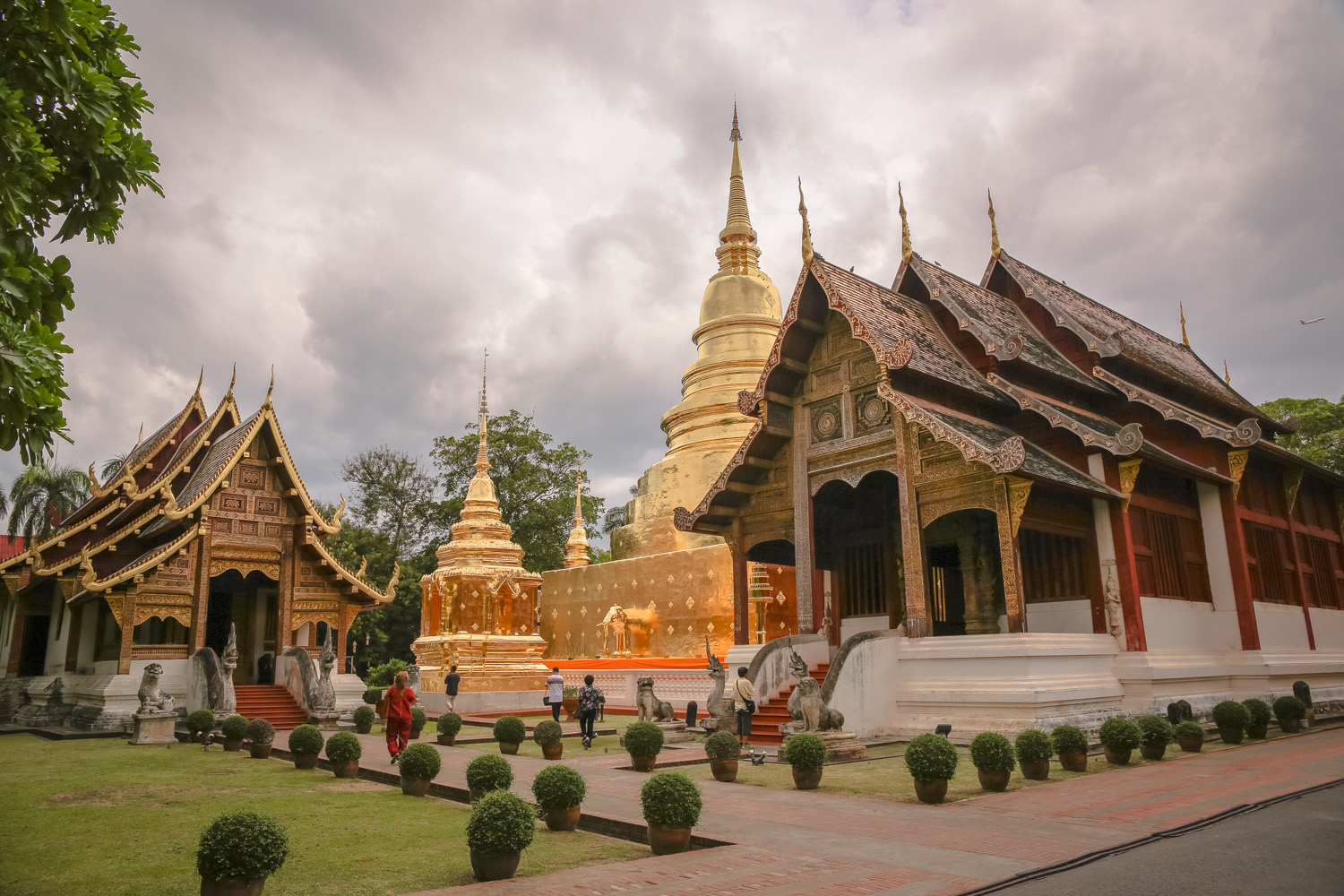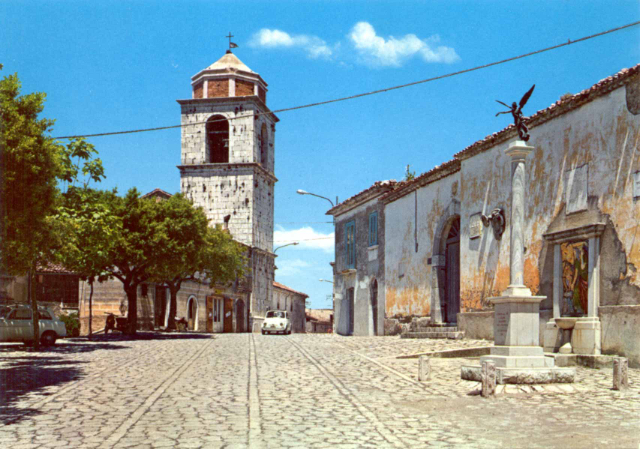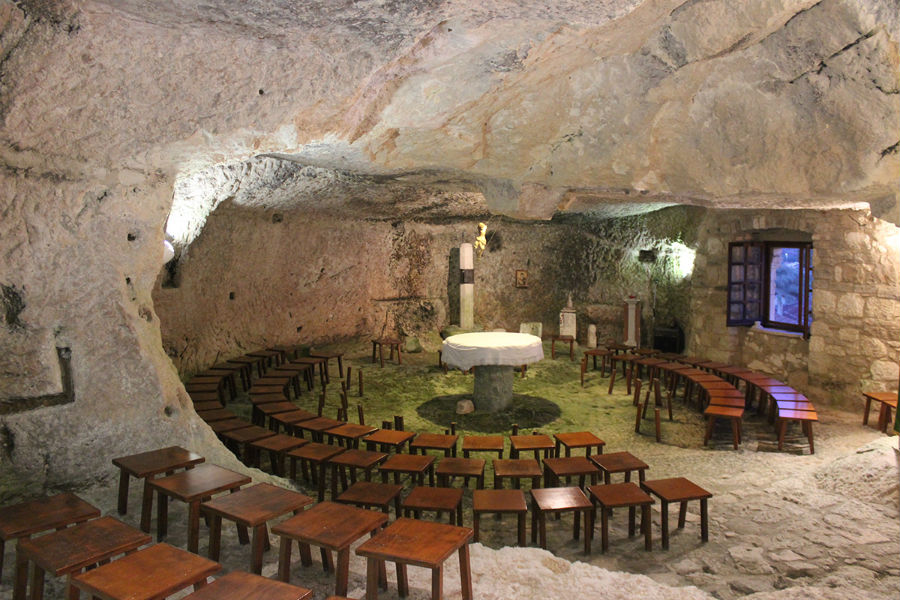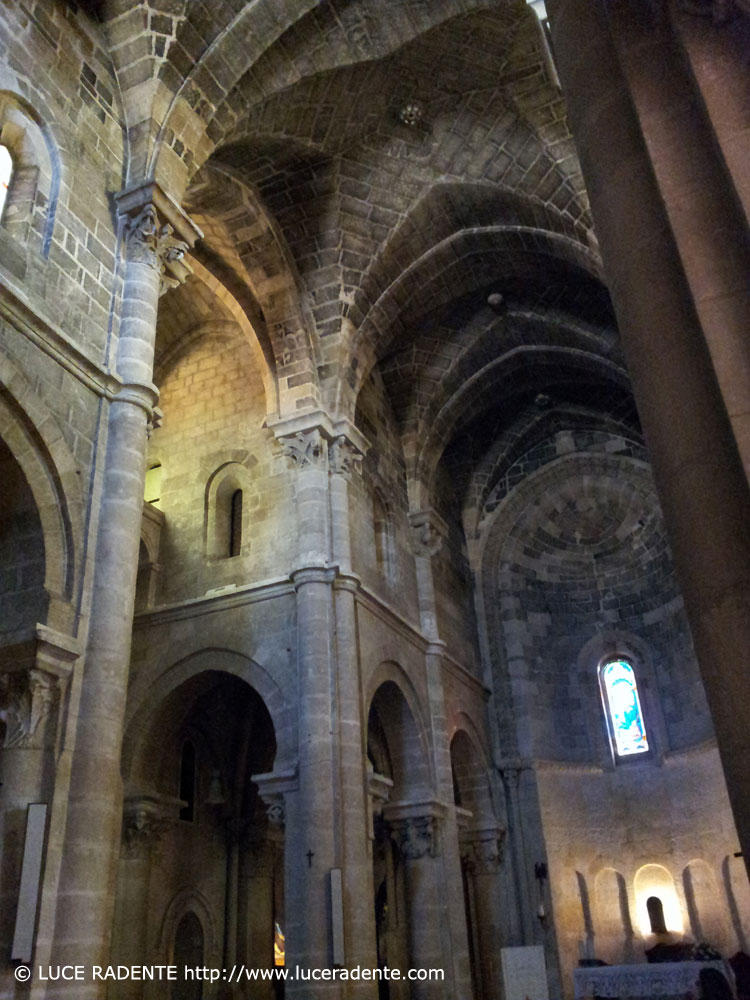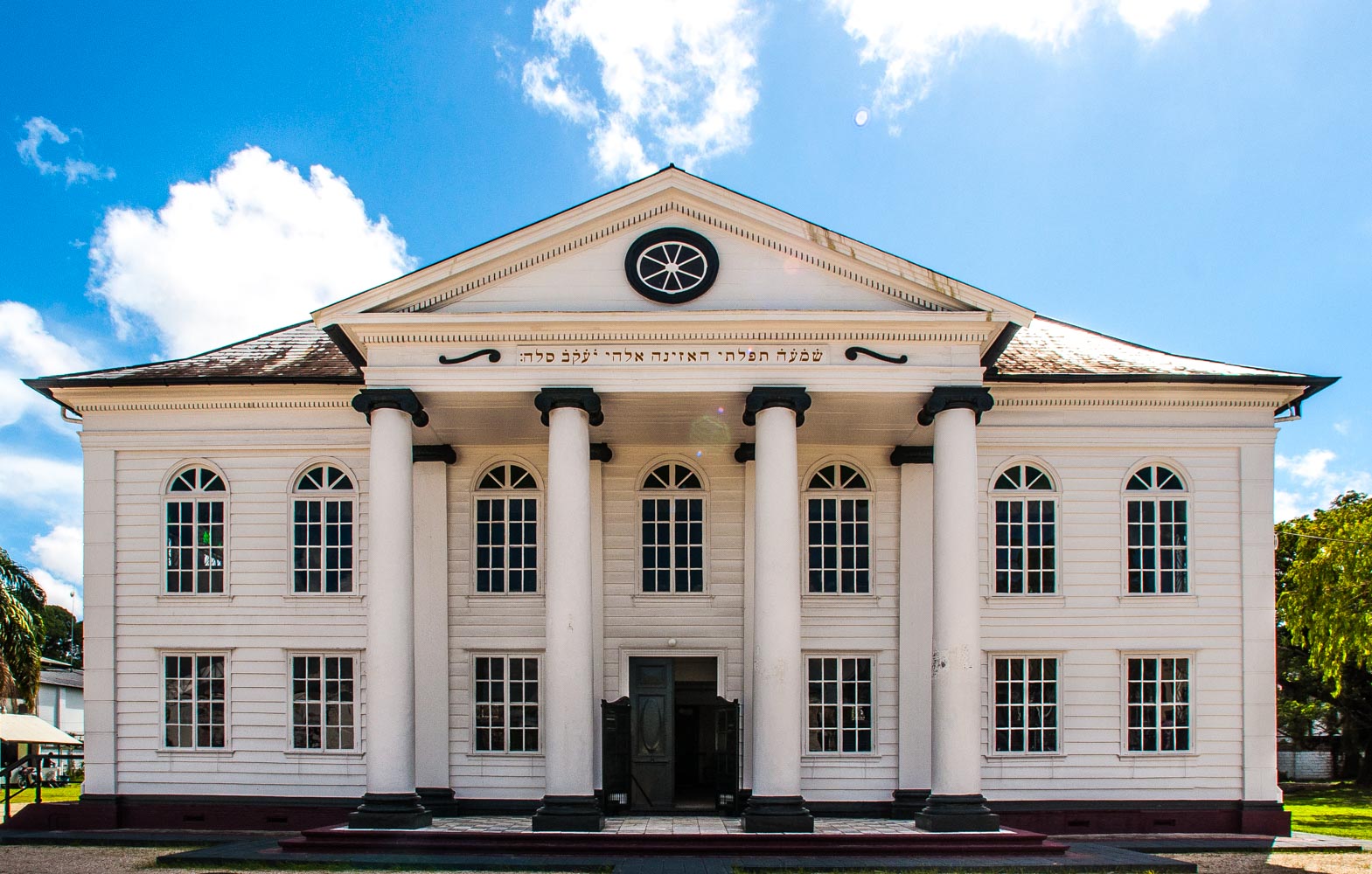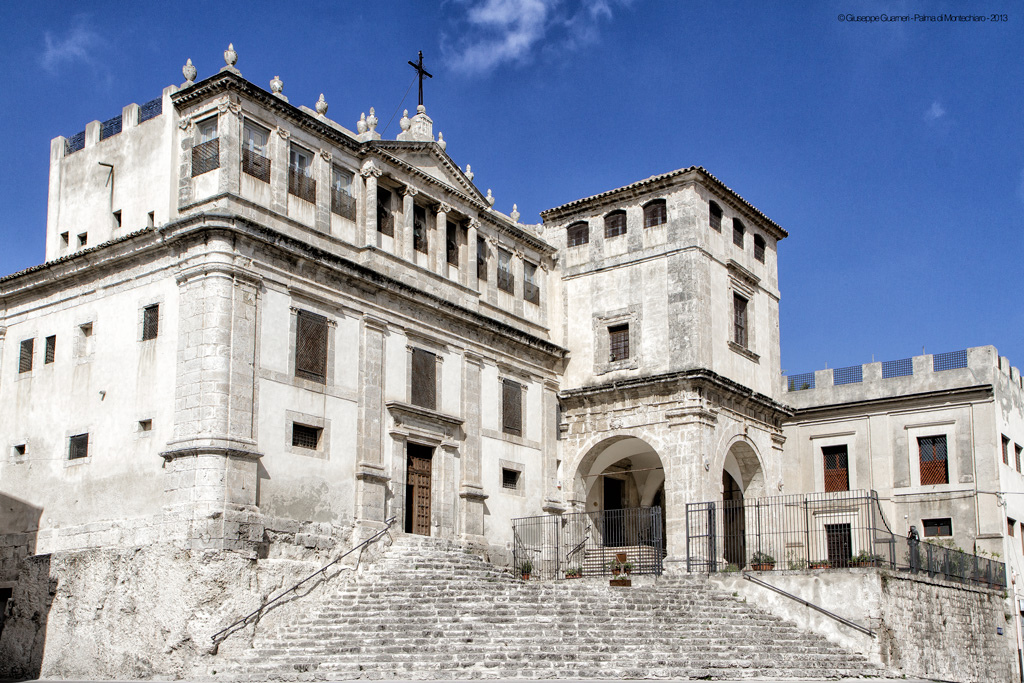The Co-cathedral of Troia, the main center of Catholic worship of the place, is one of the most admirable examples of Apulian Romanesque, whose Arabic influences do not escape even the most inexperienced eye. A Latin cross building built in a period of time comprised between 1093 and 1120, the church was dedicated to the Blessed Virgin of the Assumption, one of the five patron saints of the city, and for its harmony and the extraordinary rose window is admired throughout Italy.
Architecturally, it is noticeable how the construction is divided by a cornice that distinguishes the upper part, lighter and with lighter traits, from the lower part, compact, enlivened by the presence of blind arches and semi-columns. The most significant part of the façade is the rose window, not only for its obvious beauty but also for its symbolic connotation: it is formed by a dense weave made up of eleven small columns that radiate from the center of the same according to equal angles, in turn connected with a game of arches that act as a frame. Divided into eleven segments decorated with perforated diaphragms different from each other and different from the decoration of the arches, twenty-two different decorations have been created, obtaining the effect of a lacework embroidery. The eleven small columns (the number of the apostles without considering Judas Iscariot the traitor) rest on a circle of stone worked in scales, to determine a decoration that resembles a snake biting its tail, symbol of eternity, death and resurrection, as well as being circular in shape, symbol of perfection. The center of the rose window therefore symbolizes the figure of Jesus Christ.
Another feature of the facade, quite rare in the ancient churches of Italy, is the presence of bronze doors. The architect Oderisio da Benevento was one of the artists involved in the construction of the Cathedral and in particular it is due to him the bronze portal whose function was to complete the facade and celebrate the greatness of the bishop and his diplomatic skills. The main portal is divided into 28 parts that each represent a different situation or character, including dragons with open mouths that symbolize the enemies to be defeated and lions. The second door on the side, with its simplicity, emphasized a more difficult socio-economic situation. The interior consists of three naves divided between thirteen marble columns. Peculiar is the asymmetry of the apse, which can be explained by several reasons, including better acoustics since the asymmetry prevents the formation of echoes. The Latin cross plan is a symbol of the human body, and the apse represents the head slightly shifted, recalling the recumbent head of the crucified Christ.
Inside the church is also kept the so-called "Treasure", a complex of silvered chalices, precious parchments and liturgical clothes.
